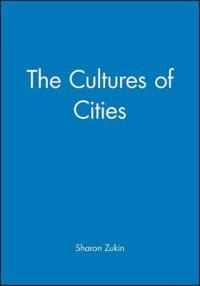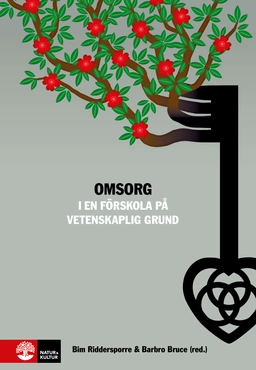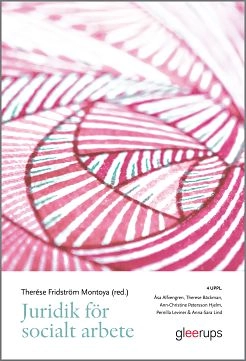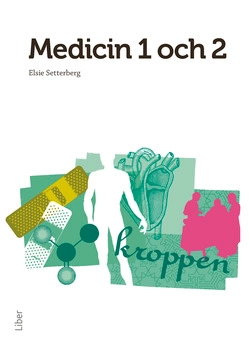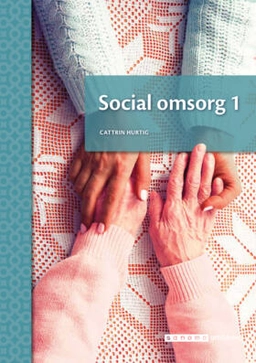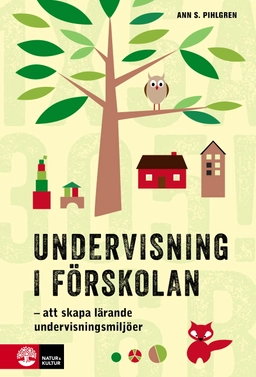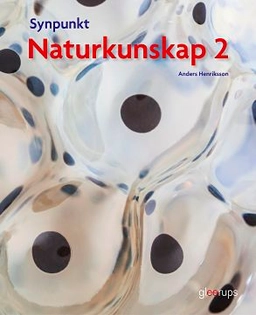How do cities use culture today? Building on the experience of New York as a 'culture capital', Sharon Zukin shows how three notions of culture - as ethnicity, aesthetic, and marketing tool - are reshaping urban places and conflicts over revitalization. She rejects the idea that cities have either a singular urban culture or many different subcultures to argue that cultures are constantly negotiated in the city's central spaces - the streets, parks, shops, museums, and restaurants - which are the great public spaces of modernity. While cultural gentrification may contribute to making our cities both safer and more civilised places to live, it has its darker side. Beneath the perceptions of 'civility' and 'security' nurtured by cultural strategies, Zukin shows an aggressive private-sector bid for control of public space, a relentless drive for expansion by art museums and other non-profit cultural institutions, and an increasing redesign of the built environment for the purposes of social control. Tying these developments to a new 'symbolic economy' based on tourism, media and entertainment, Zukin traces the connections between real estate development and popular expression, and between elite visions of the arts and more democratic representations. Going beyond the immigrants, artists, street peddlers, and security guards who are the key figures in the symbolic economy, Zukin asks: Who really occupies the central spaces of cities? And whose culture is imposed as public culture? Combining cultural critique, interviews, autobiography and ethnography, "The Culture of Cities" is a compelling account of the public spaces of modernity as they are transformed into new, more troubling landscapes. (Bookdata)
Åtkomstkoder och digitalt tilläggsmaterial garanteras inte med begagnade böcker
